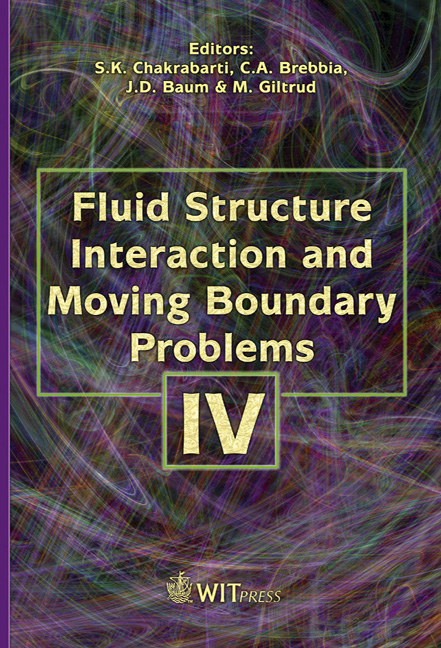Numerical Solution Of Compressible Fluid Flow In Porous Media With Boundary Element Method
Price
Free (open access)
Transaction
Volume
92
Pages
9
Published
2007
Size
483 kb
Paper DOI
10.2495/FSI070131
Copyright
WIT Press
Author(s)
R. Jecl, L. Škerget & J. Kramer
Abstract
In the present work a fully developed boundary element method numerical scheme is presented for the simulation of compressible fluid flow in porous media with restriction to the subsonic flows. The flow is modeled by utilizing the Brinkman extended Darcy momentum equation which is commonly used when it is important to satisfy the non-slip boundary condition on impermeable surfaces that bound the porous media domain. The governing equations are transformed by using the velocity–vorticity variables formulation and therefore the computation scheme is partitioned into kinematic and kinetic part. The method is applied to consider buoyancy driven flow in closed porous cavity, differentially heated under large temperature gradients. The results in terms of velocity and temperature redistribution as well as the total heat transfer across the cavity will be presented for different governing parameters. Keywords: porous media, compressible fluid flow, boundary domain integral method, boundary element method, natural convection. 1 Introduction Most of the studies dealing with transport phenomena in porous media are based on presuming the fluid is incompressible and viscous, where the mass density is a constant quantity the velocity does not depend on the mass density and pressure is simply a force in the linear momentum balance equation. In this work, the boundary element method, which has been established for the viscous incompressible fluid motion [1], is modified and extended to capture the compressible fluid state with restriction to the subsonic flows. That means that
Keywords
porous media, compressible fluid flow, boundary domain integral method, boundary element method, natural convection.





